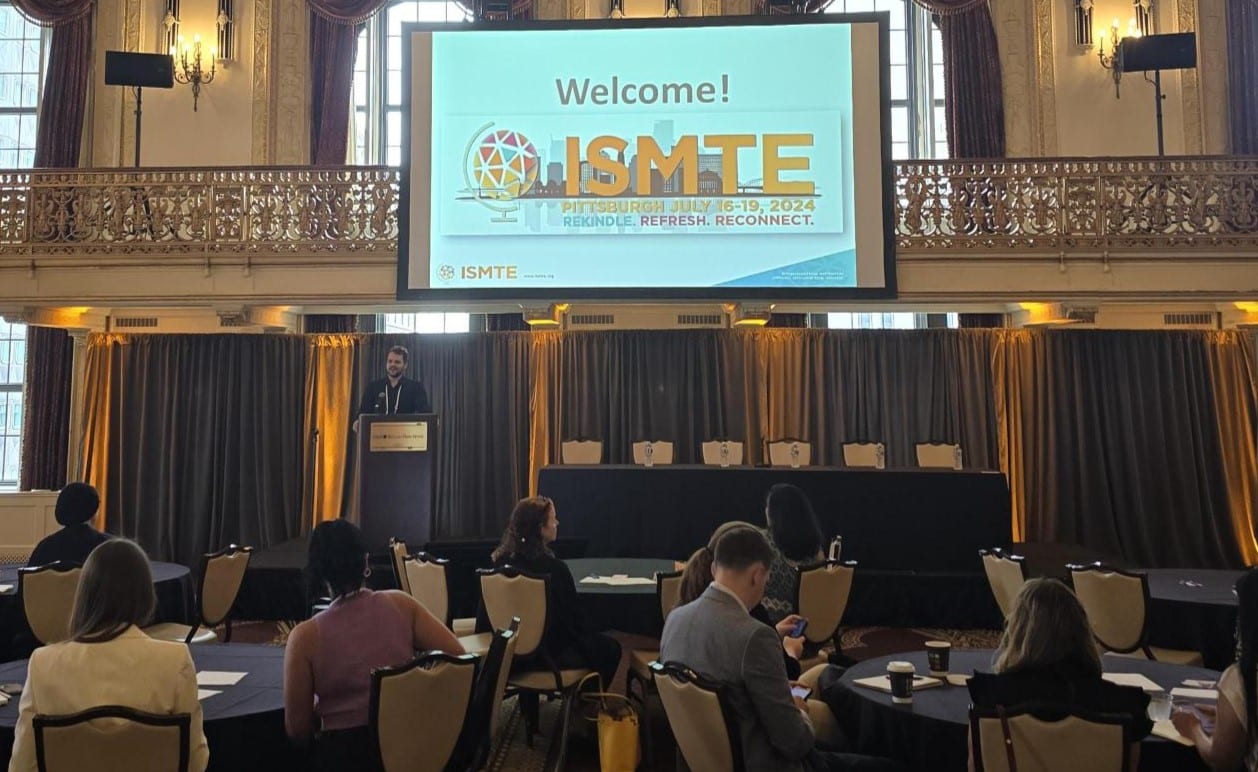Recent data highlights the critical role of reputation in driving growth for scholarly publishing, particularly in open access (OA) journals. The popularity of OA is on the rise, thanks to benefits like faster publication, free access, and improved discoverability. Yet, research integrity issues can greatly affect a journal’s reputation, influencing its growth.
Countries with high research output, such as China, have published lists of non-reputable journals, leading to a sharp decline in submissions to those journals. Conversely, reputable publishers with large OA journals have experienced substantial growth. Researchers increasingly seek OA publication but prioritize journals with strong reputations.
One common trait among reputable publishers is their significant investment in maintaining research integrity, particularly when managing high-volume submissions. Detecting research integrity issues demands both expertise and meticulous attention. Papermills and other malicious actors continually evolve their tactics, evading most detection methods. Peer review manipulation, papermill activity, and image or citation manipulation erode trust and hinder scientific progress. The STM Integrity Hub by the STM Association is a strong example of the industry’s collective response to ensuring research integrity.
The Perils of Research Integrity Breach
Breaches in research integrity have far-reaching consequences that can severely damage the credibility of scholarly publishing. When integrity is compromised, it can lead to several detrimental effects:
- Erosion of Trust: Trust is the cornerstone of scholarly communication. When research integrity is breached, the trust between authors, reviewers, and readers is eroded. This loss of trust can lead to skepticism about the validity of published research, even in reputable journals.
- Scientific Repercussions: The publication of fraudulent or manipulated research can mislead other researchers, resulting in wasted resources and time as subsequent studies are based on false data. This can slow down scientific progress and lead to incorrect conclusions being drawn in critical areas of study.
- Reputational Damage: Journals and publishers found to have published fraudulent research can suffer significant reputational damage. This can lead to a decline in submissions, as researchers opt to publish their work in more reputable venues. Rebuilding trust and reputation can take years and significant effort.
- Financial Implications: The financial impact of a compromised reputation can be substantial. Declining submissions lead to reduced publication fees, and decreased trust can result in lower subscriptions and sponsorships. Moreover, the costs associated with retracting articles and addressing integrity breaches can be high.
- Ethical and Legal Consequences: Breaches in research integrity can lead to ethical violations and potential legal ramifications. This includes issues of plagiarism, data fabrication, and falsification, which are not only unethical but can also lead to legal action and institutional penalties.
Addressing Research Integrity Issues
Peer review manipulation involves deliberate attempts to influence or deceive the peer review process, including falsifying data, coercing reviewers, fabricating identities, and selectively reporting results. Citation manipulation, the intentional alteration or misrepresentation of citations, undermines scholarly communication and erodes trust within academic communities.
Human subject matter experts are indispensable in detecting fraud and identifying patterns due to their unparalleled ability to understand other humans. While AI accelerates processes and reduces manual effort, human oversight remains crucial for maintaining research integrity and quality, especially in the era of AI.
Prevention and Proactive Measures
When it comes to research integrity, prevention is better than cure. Achieving quality, integrity, and publishing speed at scale is possible with Integra. Our expertise in detecting various forms of manipulation, including text, image, authorship, and peer review, sets us apart from AI-only solutions. At Integra, our mission is to establish scholarly publishing as a hallmark of quality and integrity. Through meticulous attention and ownership, we help create trust in research.
At Integra, we celebrate editorial professionals and recognize the invaluable service they provide to the scholarly community. We empower them with our tools, acknowledging their crucial role in the curation and dissemination of research, which drives the advancement of human civilization. As a trusted partner, we offer editorial teams human-led, technology-assisted solutions for editorial, research integrity, and peer review management.
Is your journal vulnerable to research misconduct? Discover how Integra can help. Let’s talk!
Author Bio
Ashutosh Ghildiyal is the Vice President of Growth and Strategy at Integra, a leading global provider of publishing services and technology. With over 18 years of experience in scholarly publishing, he is adept at driving sustainable growth and expanding the company’s global presence. Ashutosh is deeply committed to advancing the scholarly publishing community and shaping the future of the industry.













